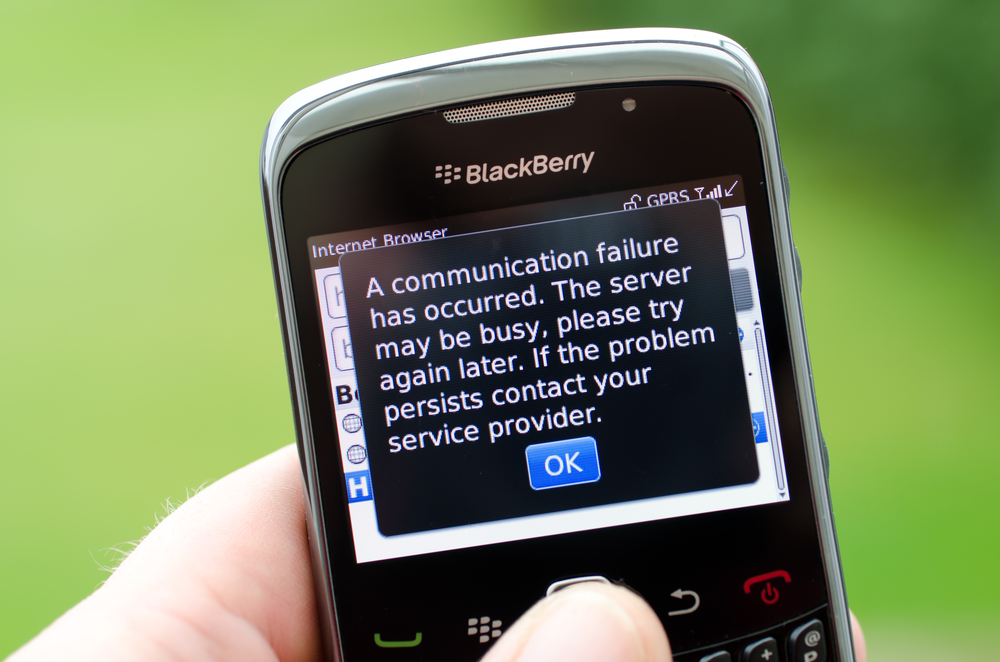As a business owner, there are a lot of different types of forms of technology that you need to invest in. Technology has certainly revolutionized the future of business. Entrepreneurs have appreciated the importance of computers for years. However, smartphones have become even more important in recent years.
You have to invest in the right smartphones when you are running a business. Smartphones have actually made it possible to run a business out of their pocket. However, some smartphones don’t have as many features or as helpful tech support as others.
The BlackBerry is a great example. Some business owners still swear by BlackBerry phones. However, a new announcement has led to some issues.
Business Owners Must Prepare for an End to Support for their BlackBerry Devices
If you have long been clinging onto a BlackBerry phone as your business mobile of choice, it’s not too hard to speculate why. More than a decade ago, BlackBerry was often considered the go-to smartphone brand for enterprise users.
This was largely on account of the physical QWERTY keyboard that would be included as standard on many BlackBerry phones as well as their enviable reputation for watertight security. In 2010, the ubiquity of BlackBerry’s smartphone platform peaked at 43%, according to TechCrunch.
However, this market share fell dramatically over the next few years, as Apple’s iOS and Google’s Android upended the war between smartphone platforms. Now, ‘legacy’ BlackBerry devices have, in many respects, ceased to work smoothly – so, what should you do if you still use one to run your business?
Also Read
BlackBerry axes software support for its ‘legacy’ devices
In December 2021, BlackBerry posted a reminder on its website that “the legacy services for BlackBerry 7.1 OS and earlier, BlackBerry 10 software, BlackBerry PlayBook OS 2.1 and earlier versions, will no longer be available after January 4, 2022.”
This means that, if you were previously using these legacy services online, they “will no longer reliably function, including for data, phone calls, SMS and 9-1-1 functionality.” It’s all happening as part of BlackBerry’s dedication to pivoting its focus exclusively to security software and services.
Though BlackBerry stopped manufacturing its own smartphones in 2016 as per a Business Insider report, these devices have inspired significant loyalty over the years. Former US President Barack Obama even sought to keep hold of his BlackBerry after being elected to the Presidency in 2008.
What BlackBerry services could you have just lost access to?
Sadly, the list of BlackBerry services recently terminated by the company is extensive – and includes BlackBerry Desktop Software, BlackBerry Link and BlackBerry Blend. However, the waters are somewhat muddier with certain other BlackBerry services. This can be a big problem for a lot of businesses that still rely on them.
For example, while BlackBerry Password Keeper has been abandoned on BlackBerry 10 and BlackBerry 7.1 OS and earlier, the same service remains available on the relatively low number of BlackBerry Android device models the company released in its twilight years of making smartphones.
Similarly, while BlackBerry ID is now gone on an array of BlackBerry platforms, this does not affect BBM for Enterprise and BBM Enterprise for Individual Use (BBMe), which remain available for use in leveraging BlackBerry ID on other platforms.
Is it now time for you to buy a new business smartphone?
You can’t use an unreliable smartphone to run your business. If you are still using one of BlackBerry’s Android devices, you could find that most – if not all – of its longstanding functionality remains, well, functional. However, sticking with one of BlackBerry’s ‘classic’ handsets would currently pose a major security risk.
Fortunately, it’s not hard to find, on today’s market, many reasonably priced mobile phones that still receive software support and should continue to do so for years to come. You could also be pleasantly surprised by how many BlackBerry apps are available on your new device and so could make the process of your transition to this new phone relatively straightforward.
